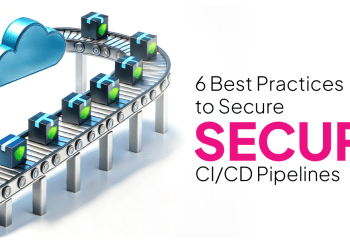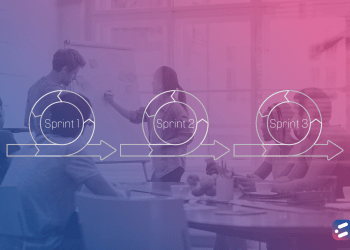IT companies are embracing DevOps and the hybrid cloud environment, with modern cloud as well as on-prem applications. However, there are several complex operations which require the collaboration of these newer applications with outdated legacy systems and applications which are probably humming away at the back of your data center.
Companies have spent millions of dollars in setting up these legacy solutions earlier, and so these remain a part of their core services. Despite more and more processes shifting to Agile and DevOps methodology, legacy systems, therefore, cannot be left out in the cold.
How easy is it to ensure the seamless interaction between modern and legacy applications in a hybrid environment?
Working on a hybrid cloud environment requires well-orchestrated workflows with efficient pipelines that facilitate the transportation of information from one node of the system to another. Many legacy systems work with Operating Systems which are no longer supported by the OS provider. Blindly applying the same workflow to legacy systems and hoping to integrate them with modern applications is likely to be problematic. This impairs the efforts that the DevOps team puts into integrating the data from these systems with modern applications.
The purpose of hybridity is to leverage APIs placed across multiple silos in a system to come up with a single software solution which can communicate data between these silos without latency or information loss. Hybridity should manage to do this irrespective of whether the nodes are hosted on the cloud or on-premise.
To create an efficient hybrid cloud model which helps you integrate legacy systems and applications with your cloud applications to make the efforts of your DevOps team more fruitful, you could follow the tips below.
Tips To Create An Efficient Hybrid Cloud Model
- Use tools which work with both modern and legacy systems
The key is to find applications that treat legacy, cloud-native, and modern on-prem applications the same way. While it can be tricky to find tools which deal with outdated applications that are no longer supported, you could try an automation strategy which would reduce the risk posed by the build-test-deploy-feedback cycle.
- Focus more on the workflow
Your team could place more emphasis on reducing workloads on the legacy system by using RESTful APIs which allow for successful progression across the entire software instead of focusing on individual clusters. If your current methodology works on improving just a single use case, then the workload will be unevenly spread across the hybrid architecture. You can’t risk overburdening your legacy infrastructure.
- Place more emphasis on the application layer
Ultimately, the users of your SaaS applications are going to interact only with the application layer of your software. Instead of micromanaging compatibilities, try shifting the emphasis to the application layer. That way, teams can focus more on user experience, which will indirectly allow them to make improvements on seamless integrations.
More importantly, legacy systems and applications tend to be over-dependent on their underlying hardware, making it difficult and time-consuming to perform upgrades. Therefore, using an infrastructure as code methodology gives developers the provision to work more effectively on maintenance.
As we mentioned earlier, automating processes can give you an unbiased picture of which node in your system needs fixing. It also effectively reduces the dependencies across the organization and systems. With just a little bit of perspective and design considerations, embracing DevOps methodology and going for a hybrid cloud environment can go a long way towards making your applications more user- and system-friendly.
CloudNow Technologies is a devops services company that works with a client-first approach. We have several years of experience with working on an Agile DevOps-based methodology. Contact us to know more about how we can help you create efficient code which can integrate your legacy and modern systems and applications and help you achieve a robust hybrid environment.













